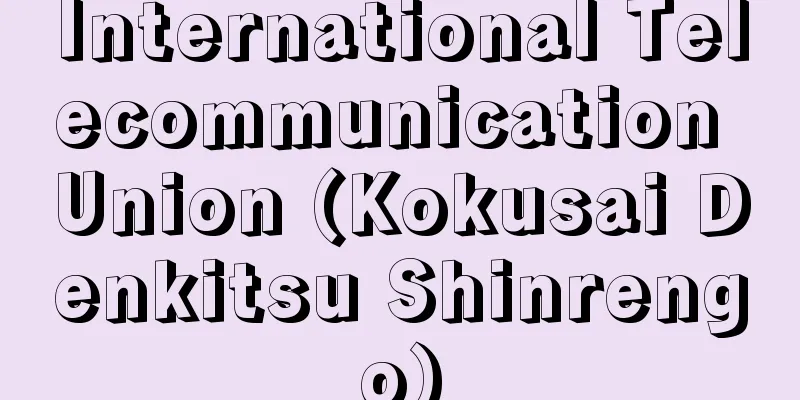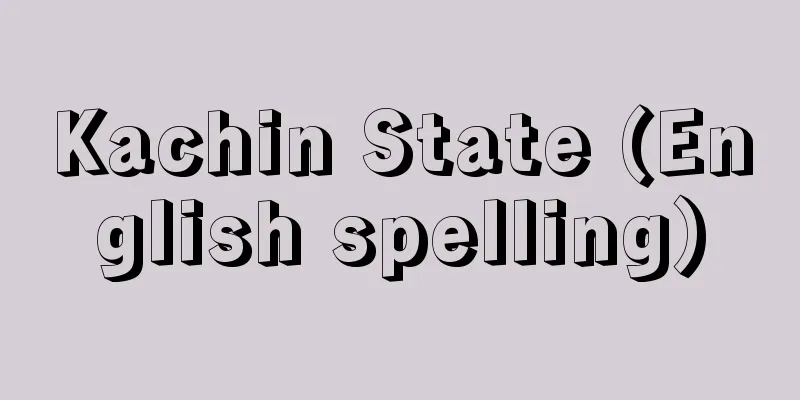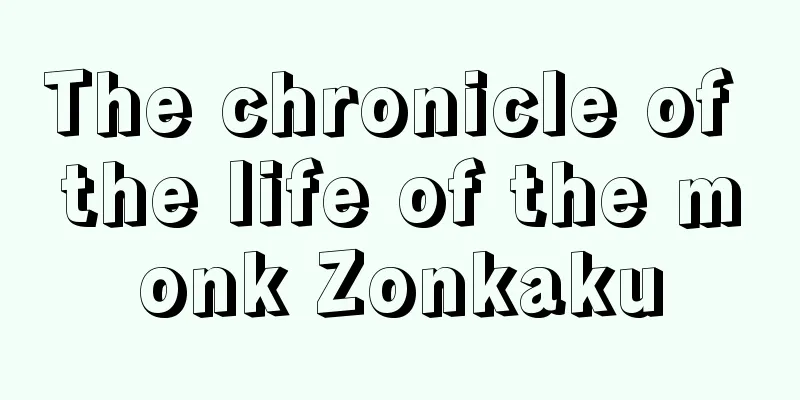International Telecommunication Union (Kokusai Denkitsu Shinrengo)

|
ITU is a United Nations specialized agency in the field of telecommunications. Its headquarters are in Geneva. It has 193 member countries (as of 2012). Its mission is to standardize telecommunications facilities and operations, allocate frequencies for each radio communication service, allocate satellite orbits, and plan and coordinate the global expansion of telecommunications. It is the oldest existing international organization, originating from the International Telegraph Union (Universal Telegraph Union, Japan joined in 1879) established by 20 European countries in 1865. It later merged with the International Radiotelegraph Union to form the ITU of today through the Madrid International Telecommunication Treaty (created in 1932, effective in 1934; Japan was one of the original member states). After World War II, it became a specialized agency of the United Nations through the Atlantic City Treaty (created in 1947) and an agreement with the United Nations, and subsequently revised the previous treaties (1953, 1959, 1965, 1973, 1982). Since adopting new treaties at each Plenipotentiary Conference caused problems with the legal integrity and stability of the Union, ITU amended the ITU Charter and the ITU Treaty (adopted at the Geneva Conference in 1992, and subsequently amended in 1994, 1998, 2002, and 2006). The internal organization is complex, and after the amendment, it is composed of the Plenipotentiary Conference as the highest body, the World International Telecommunication Conference (which amends international telecommunication regulations; held irregularly), the Council (elected by each region, 48 countries as of 2011), the Secretariat, and various organizations divided into three divisions: the Radiocommunication Sector (ITU-R), the Telecommunication Standardization Sector (ITU-T), and the Telecommunication Development Sector (ITU-D). The ITU's mission is originally a regulatory function centered on creating technical regulations, but it has also come to fulfill functions such as the allocation of communication resources (frequencies, orbits such as geostationary satellites) for rational, fair, effective, and economical use, as well as technical and economic assistance to developing countries. [Soji Yamamoto and Akio Morita] Source: Shogakukan Encyclopedia Nipponica About Encyclopedia Nipponica Information | Legend |
|
略称ITU。電気通信分野での国連専門機関の一つ。本部はジュネーブ。加盟国数は193か国(2012)。通信の設備と運用の標準化、無線通信業務別の周波数割当、衛星軌道割当、通信の世界的拡充の計画と調整が任務。現存の国際組織のなかでもっとも古く、1865年、ヨーロッパの20か国が設立した国際電信連合(万国電信連合。日本は1879年加盟)を起源とし、その後の国際無線電信連合を合体して、マドリード国際電気通信条約(1932年作成、1934年発効。日本は原加盟国)により今日のITUの形となった。第二次世界大戦後、アトランティック・シティ条約(1947年作成)および国連との協定で国連の専門機関となり、その後(1953、1959、1965、1973、1982)従前の条約を全面改訂した。このように全権委員会議のたびに新条約を採択することで、連合の法的一体性と安定性が問題となったため、ITUは、国際電気通信連合憲章と国際電気通信連合条約に二分化する改正を行った(1992年ジュネーブ会議で採択。以後、1994年、1998年、2002年、2006年に一部改正)。内部組織は複雑で、改正後は最高機関としての全権委員会議のほか、世界国際電気通信会議(国際電気通信規則の改正。開催不定期)、理事会(各地域選出、2011年時点で48か国)、事務総局に加えて、無線通信部門(ITU-R)、電気通信標準化部門(ITU-T)、電気通信開発部門(ITU-D)の3部門に分かれた各諸機関から構成される。ITUの任務は本来、技術規則作成を中心とする規制機能であるが、通信資源(周波数、静止衛星等の軌道)の合理的、公平、効果的かつ経済的な使用のための配分のほか、発展途上国への技術・経済援助等の機能をも果たすに至っている。 [山本草二・森田章夫] 出典 小学館 日本大百科全書(ニッポニカ)日本大百科全書(ニッポニカ)について 情報 | 凡例 |
<<: Constitution, Convention of the International Telecommunication Union
>>: International Telex - Kokusai Telex
Recommend
Brachycam - Brachycam
An annual plant of the Asteraceae family. There ar...
Phlogopite - Kinunmo (English spelling) Phlogopite
A type of mica. It often forms large pseudohexago...
Hill, George Roy
Born: December 20, 1921, Minneapolis, Minnesota [D...
Five Elements
〘Noun〙① In ancient Chinese thought, the five eleme...
Kim Chan-saeng (English spelling)
1548‐1631 A scholar from the Yi Dynasty of Korea. ...
Benjamin Disraeli, 1st Earl of Beaconsfield
British politician. Born as the eldest son of Jew...
Miura Plum Garden
Year of death: 14th March 1789 (9th April 1789) Ye...
Kake
…Considering the wide distribution of cockfightin...
Court Painting Studio
…In the 12th century, when the court's painte...
Darley Arabian
...The Arabian and Barb oriental horses imported ...
Megaselia spiracularis
...This is called the coffin fly, Conicera tibial...
Atwood, T.
…In June 1936, the London Working Men's Assoc...
Gardenia japonica - Gardenia japonica
A semi-parasitic biennial plant of the Scrophular...
Tousei
〘 noun 〙 Going out into the fields and playing on ...
Saint-Riquier (English spelling)
…This complex structure at the western end of the...









